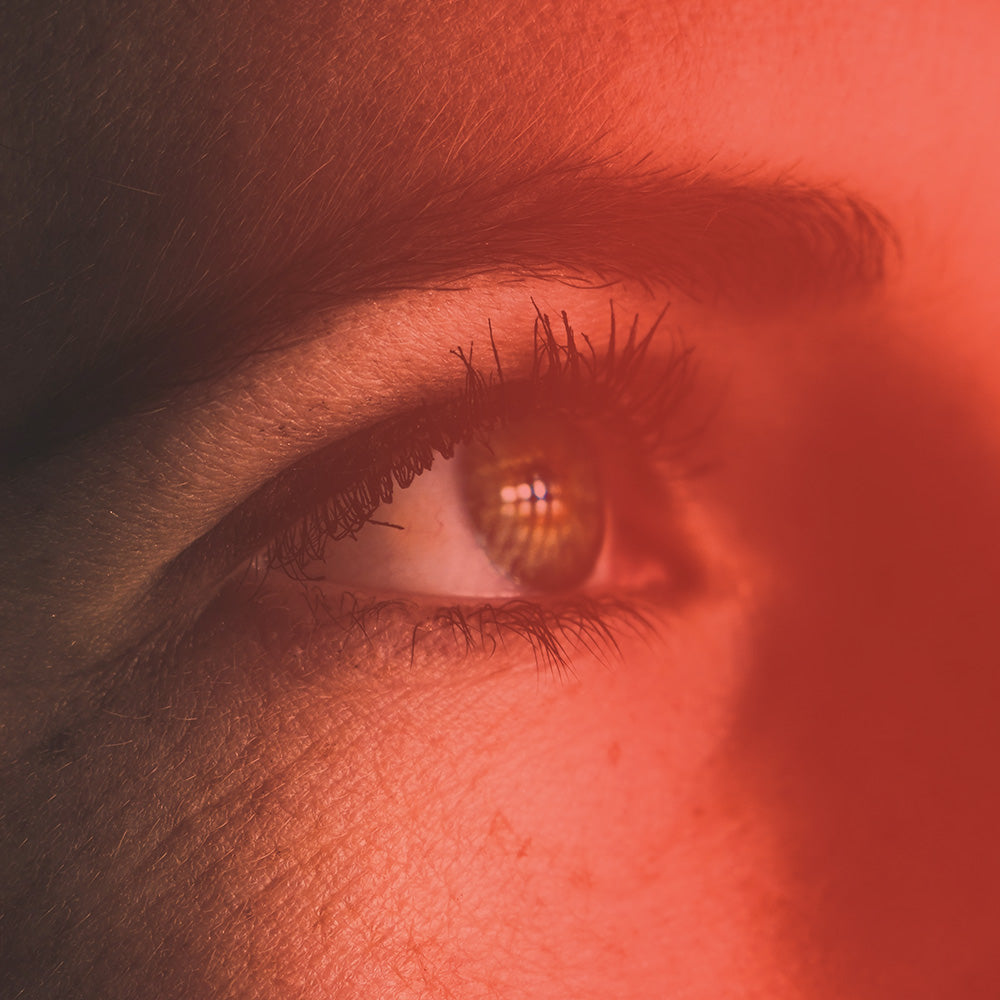Eye health is vital for overall well-being, as vision impacts nearly every aspect of our daily lives. From recognizing faces to reading and driving, healthy eyesight is essential. This article explores the importance of eye health, trends in vision care, types of eye diseases, historical developments, and future possibilities for our eyes.
The Importance of Eye Health
Maintaining good eye health is crucial for preventing vision problems and maintaining quality of life. According to the World Health Organization (WHO), over 2.2 billion people worldwide have a vision impairment or blindness, highlighting the need for preventive care and education (WHO, 2023).
Key Factors for Healthy Eyes
- Regular Eye Exams: Routine check-ups with an eye care professional can detect early signs of eye disease and ensure optimal vision. The American Optometric Association recommends annual eye exams, especially for children and individuals over 60 (AOA, 2023).
- Nutrition: A diet rich in vitamins A, C, and E, along with omega-3 fatty acids, can support eye health. Foods like carrots, spinach, and fish are beneficial for maintaining clear vision (National Eye Institute, 2023).
- Protective Measures: Wearing sunglasses with UV protection and using blue light filters on screens can help reduce eye strain and protect against harmful rays (American Academy of Ophthalmology, 2023).
Types of Eye Diseases and Cures
Understanding common eye diseases and their treatments can help individuals take proactive steps toward preserving their vision.
- Cataracts: This condition involves clouding of the eye's lens, leading to blurry vision. Surgery is the most effective treatment, where the cloudy lens is replaced with an artificial one.
- Glaucoma: Often known as the "silent thief of sight," glaucoma results from increased intraocular pressure and can lead to vision loss. Treatment may include eye drops, oral medications, laser therapy, or surgery to reduce pressure.
- Age-related Macular Degeneration (AMD): AMD affects the central vision and can lead to blindness. Treatments may include anti-VEGF injections, photodynamic therapy, and lifestyle changes to slow progression.
- Diabetic Retinopathy: A complication of diabetes, this condition affects blood vessels in the retina. Management includes controlling blood sugar levels, laser treatments, and anti-VEGF therapy.
- Retinal Detachment: This serious condition occurs when the retina separates from the back of the eye, requiring immediate medical attention. Treatment options include laser surgery or vitrectomy.
- Conjunctivitis (Pink Eye): An inflammation of the eye's outer membrane, conjunctivitis can be viral, bacterial, or allergic. Treatments vary from antibiotics to antihistamines, depending on the cause.
Trends in Children’s Eye Health
Increasing Incidence of Vision Problems
In recent years, there has been a noticeable increase in vision problems among children. According to the Vision Council, approximately 25% of children in the U.S. are affected by some form of vision impairment, often requiring corrective lenses at an early age (Vision Council, 2023). Factors contributing to this trend include:
- Screen Time: The rise of digital devices has led to increased screen time among children, contributing to eye strain and conditions like myopia (nearsightedness). Studies indicate that prolonged screen use can lead to a higher risk of developing myopia in childhood (Optometry and Vision Science, 2023).
- Reduced Outdoor Activities: Lack of outdoor playtime has been linked to higher rates of myopia. Natural light exposure is essential for eye health, and outdoor activities can help reduce the progression of myopia (Journal of Pediatrics, 2023).
Historical Perspective on Eyewear
Eyeglasses have a rich history dating back to the late 13th century. The earliest known spectacles were invented in Italy around 1286. Initially made with convex lenses, these glasses were primarily used by scholars and the elderly for reading (Smithsonian Magazine, 2023). Over the centuries, advancements in lens technology and frame design have made eyewear accessible and fashionable, leading to the diverse styles we see today.
Future of Eye Size and Vision
Predicted Changes in Eye Anatomy
As lifestyle and environmental factors evolve, some experts speculate that our eyes may physically change in size over generations. Theories suggest that increased screen time and reduced outdoor exposure might lead to longer axial lengths in the eye, potentially resulting in larger eyes (Journal of Vision, 2023). However, this is still a topic of research and debate within the scientific community.
Example of Future Vision Technology
- Smart Contact Lenses: Emerging technologies, such as smart contact lenses that can monitor glucose levels or provide augmented reality experiences, could revolutionize how we interact with our environment. These lenses might also offer real-time vision correction for those with refractive errors (IEEE Spectrum, 2023).
- Artificial Intelligence (AI): AI is being integrated into vision care, with applications in early detection of eye diseases such as diabetic retinopathy and glaucoma. AI systems can analyze images of the retina more accurately than traditional methods, enabling earlier intervention (Nature, 2023).
Conclusion
Eye health is essential for maintaining quality of life and overall well-being. With the increasing prevalence of vision problems among children, it is crucial to prioritize regular eye exams and promote healthy visual habits. Understanding common eye diseases and their treatments allows individuals to take proactive measures to preserve their vision. Historical advancements in eyewear have paved the way for modern solutions, and ongoing research suggests exciting possibilities for the future of vision care. As technology advances, we may see innovations that enhance our visual experience and even change the anatomy of our eyes.
Understanding the factors affecting eye health and embracing preventive measures can lead to a brighter, clearer future for our vision.
References
- American Academy of Ophthalmology. (2023). “Protect Your Vision.”
- American Optometric Association (AOA). (2023). “Importance of Eye Exams.”
- Journal of Pediatrics. (2023). “Outdoor Activity and Myopia Prevention.”
- Journal of Vision. (2023). “Predictions on Eye Size Changes.”
- Nature. (2023). “AI in Eye Disease Detection.”
- National Eye Institute. (2023). “Nutrition and Eye Health.”
- Optometry and Vision Science. (2023). “Impact of Screen Time on Children’s Vision.”
- Smithsonian Magazine. (2023). “The History of Eyeglasses.”
- Vision Council. (2023). “Children’s Vision Problems




